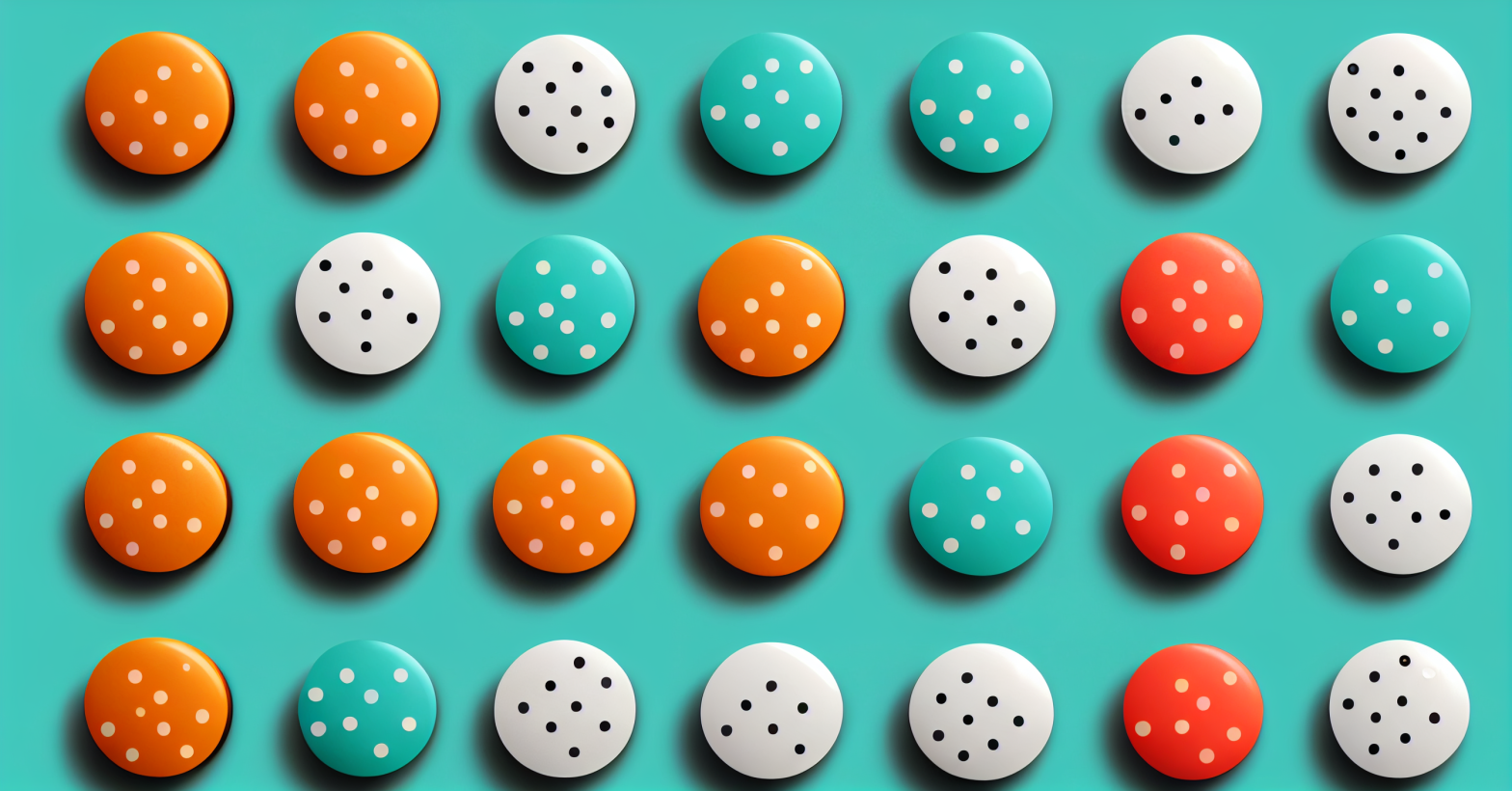Spaced repetition, newsletters, and book-writing
My son’s revising for exams at the moment. I used to be a teacher. One of the things that I’m trying to get across to him is the importance of ‘spaced repetition’.
This post is interesting because it takes that idea and suggests that the best newsletters are ones that help you understand key concepts by giving examples on a regular basis. The author suggests that, in this way, you can effectively write a book.

Spaced repetition is a learning technique where you embed things into memory by re-studying them on a regular basis – for example, organising flash cards so that each new concept is refreshed after a day, then a week, then a month, then a year. One of the unappreciated functions of many newsletters – to be clear, not this newsletter, but other newsletters – is to function as an ad-hoc spaced repetition system.Source: Spaced Repetition Through Newsletters | Atoms vs Bits[…]
One thing I wonder about is which kinds of topics are better served by newsletters, and which are better served by books. Presumably if you’re creating a complex argument that requires the reader to hold in mind various ideas that build together, a book is a better fit than a newsletter.
However, many books I read strike me as having One Big Point and then a long series of examples, and in that case I suspect a newsletter dribbling out the examples might be better for reader retention.
[…]
We spend so much time reading that it always makes me sad to think that including a little more repetition would have disproportionate impact on our ability to remember and relate to the information we’ve read. In theory we could be note-taking and flash-carding after reading, but this (frankly) feels more like a chore than a pleasure. At their best, “repetitive” newsletters are one way to achieve the same goal less aversively.
Image: Midjourney (see alt text for prompt)
The rise and rise of niche newsletters
Email is an open, federated standard. You can’t kill it.
The email inbox has become the modern day equivalent of the newsagent and offers a daily treasure trove of breaking news, analysis and inside information.
Newsletters, based on email, are a great bet for organisations, brands, and individuals looking to build an audience.
In 2011, The Financial Times asked “Is this the end of email?’ in an article highlighting the medium’s “inefficiency” as a business tool. Today, the FT serves its premium subscriber base with a portfolio of 43 email newsletters from “Brussels Briefing” to “FT Swamp Notes” (an insider’s guide to Donald Trump’s administration).
I very much enjoy publishing both this blog, and then curating the links into the weekly newsletter. I wish more people would do likewise!
Source: The Independent